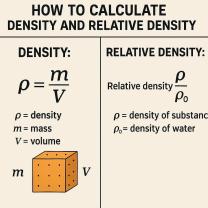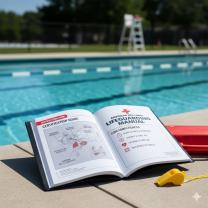How do you teach grammatical features?
Teaching grammatical features effectively requires careful planning, engaging activities, and a focus on both understanding and practical application. Here are some strategies for teaching grammatical features:
Start with the Basics:
- Begin with fundamental grammatical concepts, such as parts of speech (nouns, verbs, adjectives, adverbs, etc.), sentence structure, and punctuation. Ensure students have a strong foundation before moving on to more complex features.
Contextualize Learning:
- Use real-world examples and context to teach grammatical features. Show how grammar is used in everyday communication and writing. Provide examples from literature, media, and students' own writing.
Interactive Activities:
- Engage students in interactive activities like games, role-plays, and group discussions. These activities make learning grammar more enjoyable and help reinforce concepts.
Visual Aids:
- Visual aids, such as diagrams, charts, and infographics, can make abstract grammatical concepts more concrete. For example, use sentence diagrams to illustrate sentence structure.
Use Technology:
- Incorporate technology, including grammar-checking software and online resources, to reinforce learning. Interactive grammar websites and apps can provide immediate feedback to students.
Mnemonic Devices:
- Mnemonics, like acronyms or memorable phrases, can help students remember grammar rules. For example, "FANBOYS" is a mnemonic for coordinating conjunctions (For, And, Nor, But, Or, Yet, So).
Provide Clear Explanations:
- Ensure that your explanations are clear and concise. Break down complex rules into smaller, manageable parts. Use analogies or metaphors to relate grammar concepts to something familiar.
Grammar in Context:
- Encourage students to analyze and correct sentences with grammatical errors. This helps them apply what they've learned in real writing situations.
Peer Review and Editing:
- Have students review and edit each other's writing. Peer editing exercises allow them to practice identifying and correcting grammatical errors.
Grammar Journals:
- Ask students to maintain grammar journals where they record examples of grammatical features they encounter in their reading or daily life. Discuss these examples in class.
Regular Practice:
- Incorporate regular grammar practice into your lessons. Provide exercises, worksheets, or online quizzes that allow students to practice and reinforce their skills.
Differentiated Instruction:
- Recognize that students may have varying levels of grammar proficiency. Differentiate your instruction to meet the needs of diverse learners, providing additional support or enrichment as necessary.
Celebrate Progress:
- Acknowledge and celebrate improvements in students' grammar skills. Positive reinforcement can boost their confidence and motivation to continue learning.
Continuous Assessment:
- Assess students' grammar skills regularly through quizzes, assignments, and tests. Use assessment data to tailor your instruction to their specific needs.
Encourage Writing:
- Encourage students to write regularly. Writing is one of the most effective ways to apply and reinforce grammatical concepts. Provide constructive feedback on their writing.
Model Correct Grammar:
- As a teacher, use correct grammar consistently in your spoken and written communication. Be a model for your students.
Open Discussions:
- Foster open discussions about grammar and language use. Encourage questions and exploration of language, allowing students to express their thoughts and concerns.
Remember that teaching grammar is not just about rules and correctness; it's also about fostering effective communication and enhancing writing skills. Make grammar lessons relevant, engaging, and applicable to real-life situations to help students appreciate the importance of strong language skills.












